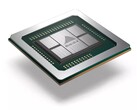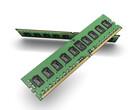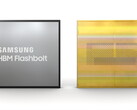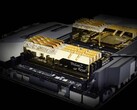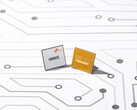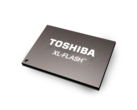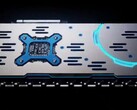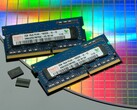While the economic tensions between the U.S. and China have led many to believe that the 2008 crisis could return with a vengeance, there are also positive aspects that could influence the global markets in the long run. Ever since the U.S. started to impose all sorts of increased tariffs on Chinese exports and imports, China has been systematically focusing on decreasing its dependence on U.S.- imported products, especially in the high-tech sector. Earlier this year, the Chinese government was proudly announcing its first home-grown computer processors, and there also were reports of Chinese GPUs in the works. Now, the portfolio is expanded with the first memory modules produced by ChangXin Memory Technologies. This kind of developments are always good news for end users that could benefit from lower prices.
With the aid of the Chinese government, ChangXin managed to invest US$21.1 billion plus an additional US$2.5 billion in research and development in order to ramp up DRAM production capacity to 120,000 wafers per month. The initial production phase is scheduled for late 2019, and the company hopes to constantly increase the capacity throughout the coming years.
There are some limitations, still, as ChangXin is only able to fab its DRAM modules on 18 nm nodes, which are a step behind the 16 / 12 nm nodes used by the big players like Samsung, SK Hynix and Micron. These three companies already control 95% of the DRAM market, so it is obviously an uphill battle for ChangXin, but, as long as the Chinese company is offering competitive prices, the increased market share should soon follow.
The DRAM design specs used by ChangXin are apparently derived from Qimonda’s patents, but ChangXin ensured that these do not infringe on any U.S. semiconductor patents. The first commercial DRAM modules from ChangXin are expected to hit the market in 2020 and it will be interesting to see if these can help lower the global memory prices that are already starting to spike.
I first stepped into the wondrous IT&C world when I was around seven years old. I was instantly fascinated by computerized graphics, whether they were from games or 3D applications like 3D Max. I'm also an avid reader of science fiction, an astrophysics aficionado, and a crypto geek. I started writing PC-related articles for Softpedia and a few blogs back in 2006. I joined the Notebookcheck team in the summer of 2017 and am currently a senior tech writer mostly covering processor, GPU, and laptop news.
> Expert Reviews and News on Laptops, Smartphones and Tech Innovations > News > News Archive > Newsarchive 2019 09 > China starts producing its own DRAM chips
Bogdan Solca, 2019-09-26 (Update: 2019-09-26)


 Deutsch
Deutsch English
English Español
Español Français
Français Italiano
Italiano Nederlands
Nederlands Polski
Polski Português
Português Русский
Русский Türkçe
Türkçe Svenska
Svenska Chinese
Chinese Magyar
Magyar
